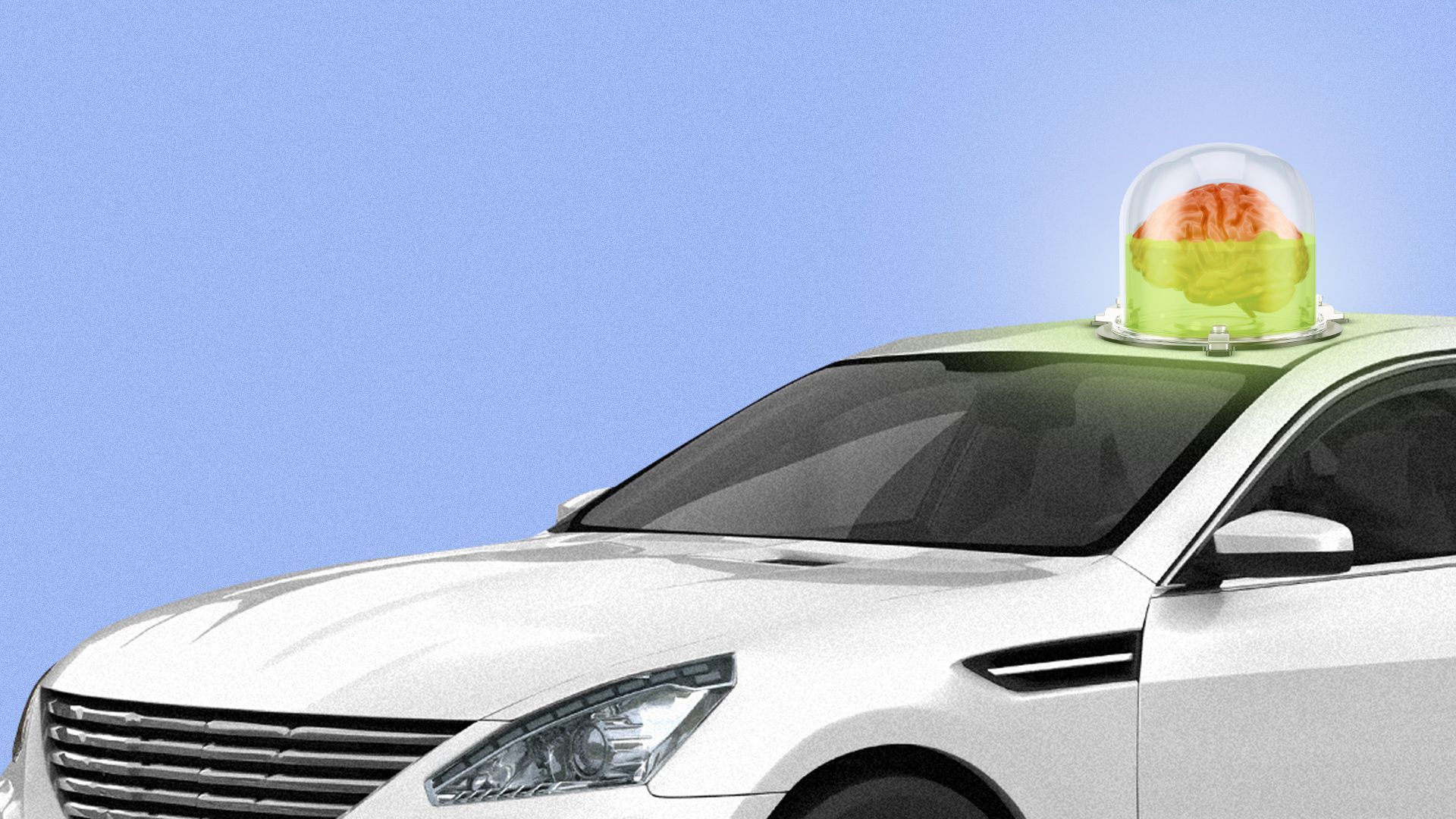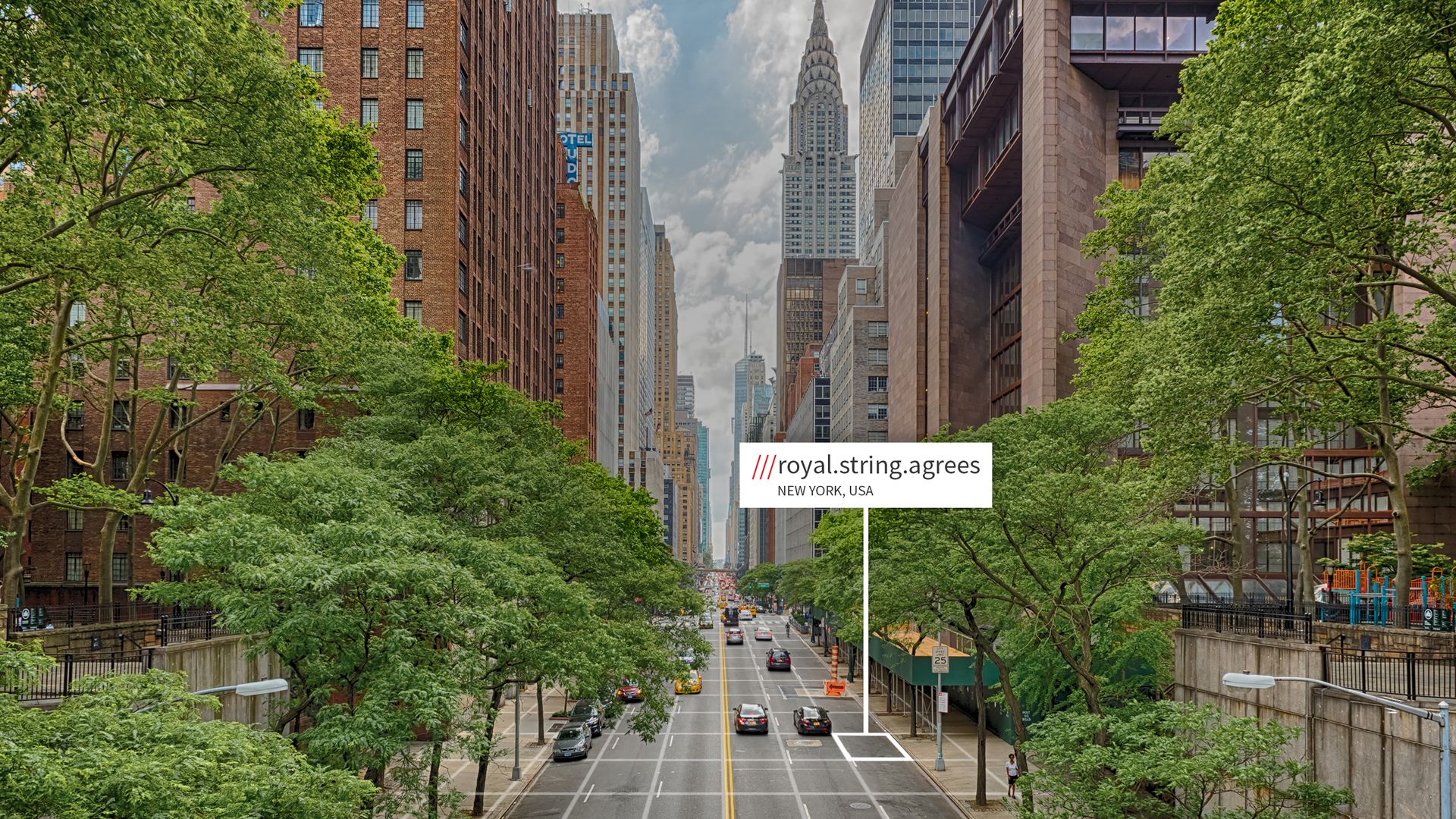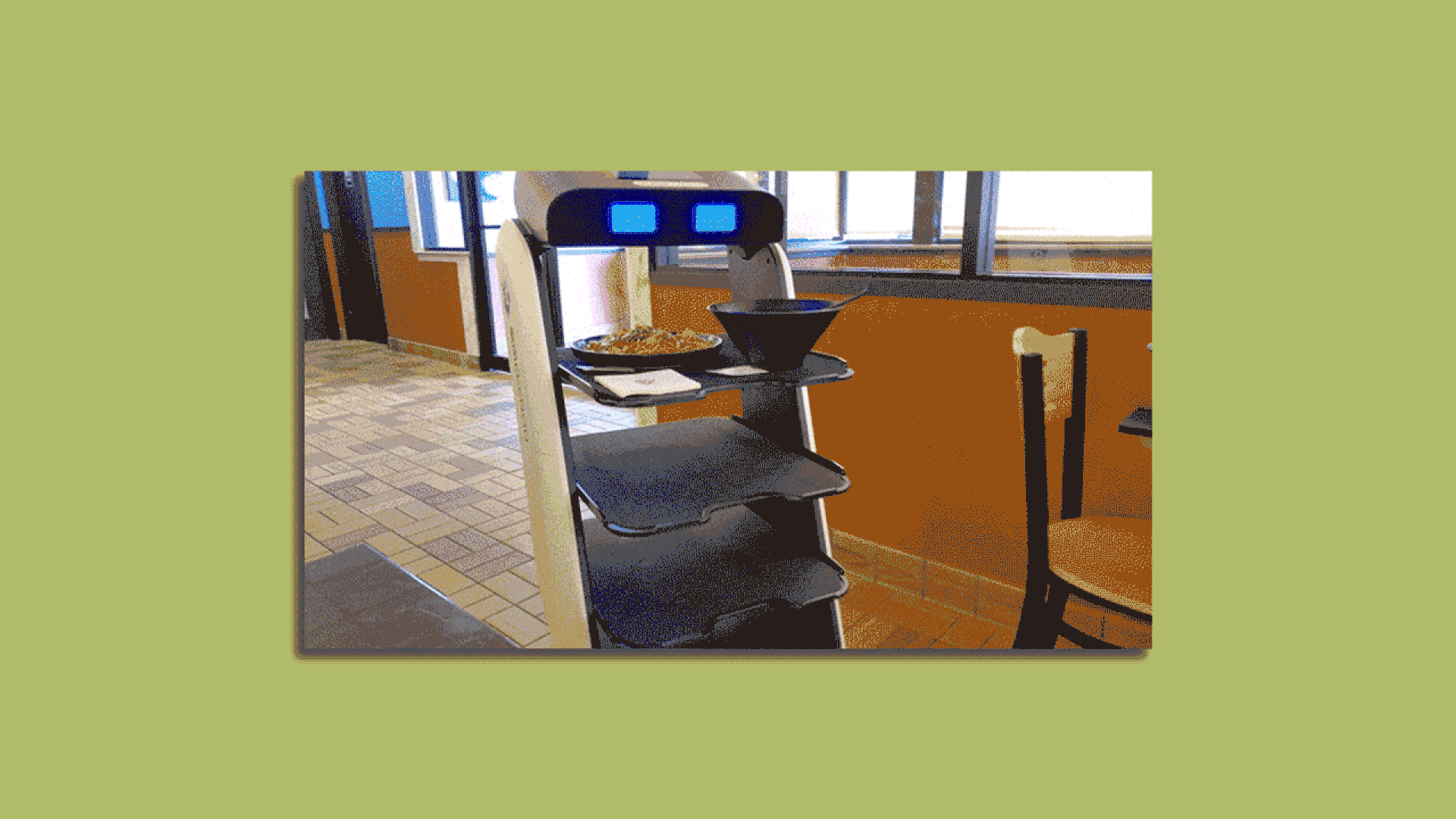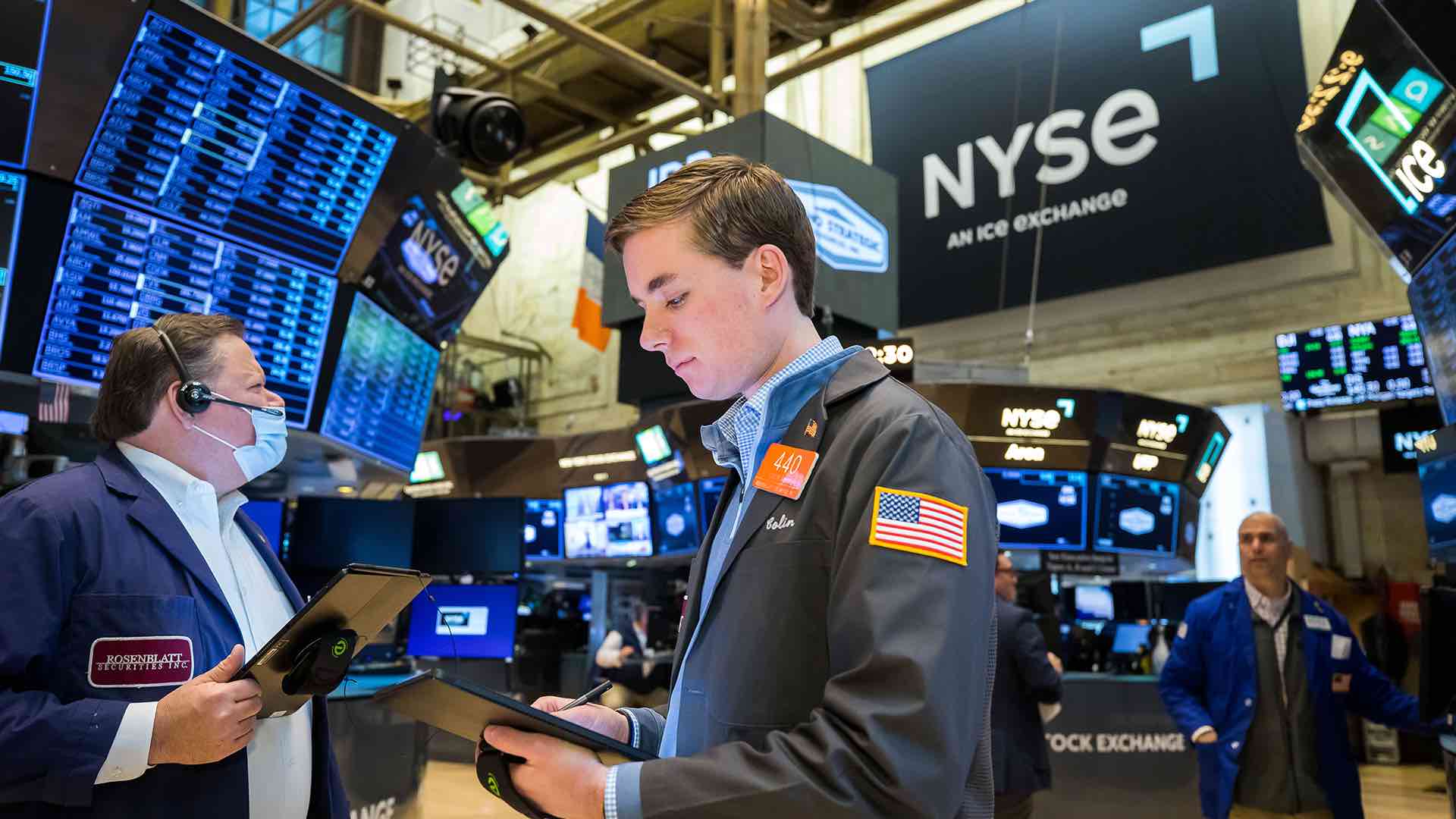| | | | | | | Presented By NYSE | | | | Axios What's Next | | By Jennifer A. Kingson and Joann Muller · May 05, 2022 | | Your car understands you. No, really. We explain how better voice technology is transforming the in-car experience. Today's Smart Brevity count: 1,151 words ... 4½ minutes. | | | | | | 1 big thing: How cars are becoming better listeners |  | | | Illustration: Aïda Amer/Axios | | | | Our cars have always been our companions, but now, thanks to the integration of new digital voice assistants like Amazon's Alexa, they're finally able to understand us better. Why it matters: The arrival of more reliable voice technology is revolutionizing the in-car experience, giving drivers hands-free access to more features and apps so they don't have to fumble with buttons or screens while driving. - Now a driver can say, "Alexa, I'm cold," and the car will adjust the temperature.
- Or, "Alexa, take me to the nearest Starbucks," and the car will navigate there.
Flashback: Until a couple of years ago, voice commands in cars didn't work very well. - Drivers had to use stilted, preset phrases to navigate a series of menus: Navigation. Destination address. City. Street. Number.
- None of it was intuitive, the systems were balky, and the episode usually ended in frustration.
- Cars didn't have the memory and computing power to handle much more.
Four big technology advancements have led to a recent breakthrough in voice technology, which, in turn, is making cars safer. - Cloud computing has arrived. Instead of the car crunching data locally, commands are processed by remote, cloud-based systems and then beamed back to the vehicle. 5G connections will help eliminate the potential lag that has made reliance on distant clusters of computers problematic.
- Cars' own computers are more sophisticated. Dozens of electronic control units under the hood have been replaced by centralized systems linked to the cloud. But even when the cellular signal is weak, cars have enough edge computing power to process requests.
- Natural language processing has improved. Advancements in AI and machine learning allow the car to understand not only what the driver said, but also the intent, and respond accordingly. Plus, the vehicle can remember what to do next time.
- Acoustics are better. Technology can filter out ambient noise in the car, such as air vents, an open sunroof or tire noise, to focus on the human voice.
Share this story. |     | | | | | | 2. Three little words to get you there |  | | | Three words identify the precise location where a taxi might meet you. Image courtesy of what3words | | | | As voice technology in cars has improved, it has opened the door for apps like what3words, a voice-navigation tool that helps drivers get precisely where they're going. What's happening: Nearly a dozen manufacturers have integrated the London-based company's technology into their vehicles, including Mercedes-Benz, Ford and Subaru. By dividing the world into a grid of 10-foot by 10-foot squares, each designated by a unique combination of three random words, the technology helps drivers navigate to places where an address isn't enough. Why it matters: The app could enable rideshare drivers to find their customers more easily, for example, or delivery drivers to find the right door to an apartment building. - Drones could also use what3words to make sure packages are delivered to the exact location in a backyard.
Between the lines: Some places, like stadiums or industrial parks, have a single address but multiple entrances and parking garages. - Some pop-up venues may have no address at all.
- Some places have no street address, such as beaches, national parks or hiking trails.
How it works: To pinpoint your location, you can share your three random words — your what3words address — with other app users. - "We're not trying to replace street addresses," the company's chief marketing officer, Giles Rhys Jones, tells Axios. "It's more like a super zip code."
Yes, but: For what3words to become the universal navigation tool the company aspires it to be, it needs to be integrated into rideshare and delivery apps like Uber and DoorDash. Read the rest. |     | | | | | | 3. Abortion challenges Corporate America's political activism |  | | | Illustration: Maura Losch/Axios | | | | The Supreme Court's forthcoming abortion ruling will put Corporate America in a vise, squeezed between employees pressuring companies to speak out and state governments that might punish them if they do, Axios' Lachlan Markay and Emily Peck write. The big picture: Companies have gotten significantly more outspoken on a host of political and social issues. - Abortion was a tougher one to begin with, and a Supreme Court ruling striking down Roe v. Wade is likely to come just as big corporations are growing more afraid of how much their activism can cost them.
Driving the news: Disney pushed up against the limits of corporate activism when it spoke out against Florida's "Don't Say Gay" law and faced harsh retribution from the state. That will be on executives' minds as they wrestle with the fallout from an abortion ruling. Where it stands: Starting in 2019, a handful of companies signed on to the Don't Ban Equality statement, protesting a wave of "heartbeat bills" that restricted abortion. Then this year, after Texas essentially banned abortion, more companies spoke up. - Citi, Apple, Yelp and Amazon have said they would pay for employees to travel to access abortion care if they need to.
Zoom out: Forcing the issue is an extremely tight labor market and a push by many large companies to return to in-person office work. - Companies are desperate to attract and retain talent, and any policy measure that makes that more difficult can be a huge problem.
Read the full story. |     | | | | | | A message from NYSE | | A vision for our future in 5 questions? We're listening | | |  | | | | The NYSE sat down with CEOs, venture capitalists and thought leaders in technology to discuss key trends impacting society, what business leaders should be prioritizing and which ESG issues are dominating the corporate agenda. Get inspired: Watch now. | | | | | | 4. Brick-and-mortar stores are back |  | | | Illustration: Gabriella Turrisi/Axios | | | | Just as physical retailers once outsourced their e-commerce operations, online brands are now looking for cost-effective ways to open their own stores, Richard Collings, author of Axios Pro Retail writes. What's happening: Leap, a startup that locates and operates physical stores for consumer brands, is expanding to new markets, filling a void for brands that want a physical presence. - Leap handles everything from signing the lease agreement to hiring and managing the store employees. The only thing the brand needs to supply is the merchandise and online capabilities, co-founder Amish Tolia tells Axios.
- While a store will look and feel like the brand, everything underneath is powered by Leap, he says.
The big picture: The retail industry continues to open brick-and-mortar stores even amid an e-commerce boom. Between the lines: It's becoming more expensive to acquire customers online, so brands are looking to physical stores as a more cost-effective way to attract shoppers. |     | | | | | | 5. We tried it: Ramen served by a robot |  | | | A robot server arrives at a table at Hiro Ramen & Tea in Dublin, Ohio. Video: Alissa Widman Neese/Axios | | | | A boy gasps as the waiter wheels over his dinner. "That's a Roomba! A Roomba has our food!" Driving the news: Axios' Alissa Widman encountered the innovative server at Hiro Ramen & Tea, a restaurant near Dublin, Ohio. - The little white robots with blinking blue eyes were carefully maneuvering around tables, never spilling a single drop of hot ramen broth.
Why it matters: For businesses, automation means lower payrolls and guaranteed staff amid a labor shortage. For customers, it ensures consistent food and service. - Plus, who doesn't want to be greeted by a real-life Wall-E? You can't help but smile.
How it works: At Hiro, customers scan QR codes linked to their tables to place orders. An employee loads food onto the robot, and it follows a pre-programmed path to deliver it. |     | | | | | | A message from NYSE | | Connecting tech companies to more capital | | |  | | | | NYSE has raised more capital for tech companies than any other stock exchange in the world. Hundreds of companies including Snowflake, Roblox, Toast, Asana, Unity and Nextdoor have joined the NYSE to raise the capital they need to change the way we live, work and play. Make your vision a reality. | | | | Was this email forwarded to you? Get your daily dose of What's Next magic by signing up for our free newsletter here. |  | It's called Smart Brevity®. Over 200 orgs use it — in a tool called Axios HQ — to drive productivity with clearer workplace communications. | | | | | | Axios thanks our partners for supporting our newsletters. If you're interested in advertising, learn more here.
Sponsorship has no influence on editorial content. Axios, 3100 Clarendon Blvd, Suite 1300, Arlington VA 22201 | | | You received this email because you signed up for newsletters from Axios.
Change your preferences or unsubscribe here. | | | Was this email forwarded to you?
Sign up now to get Axios in your inbox. | | | | Follow Axios on social media:    | | | | | |









No comments:
Post a Comment